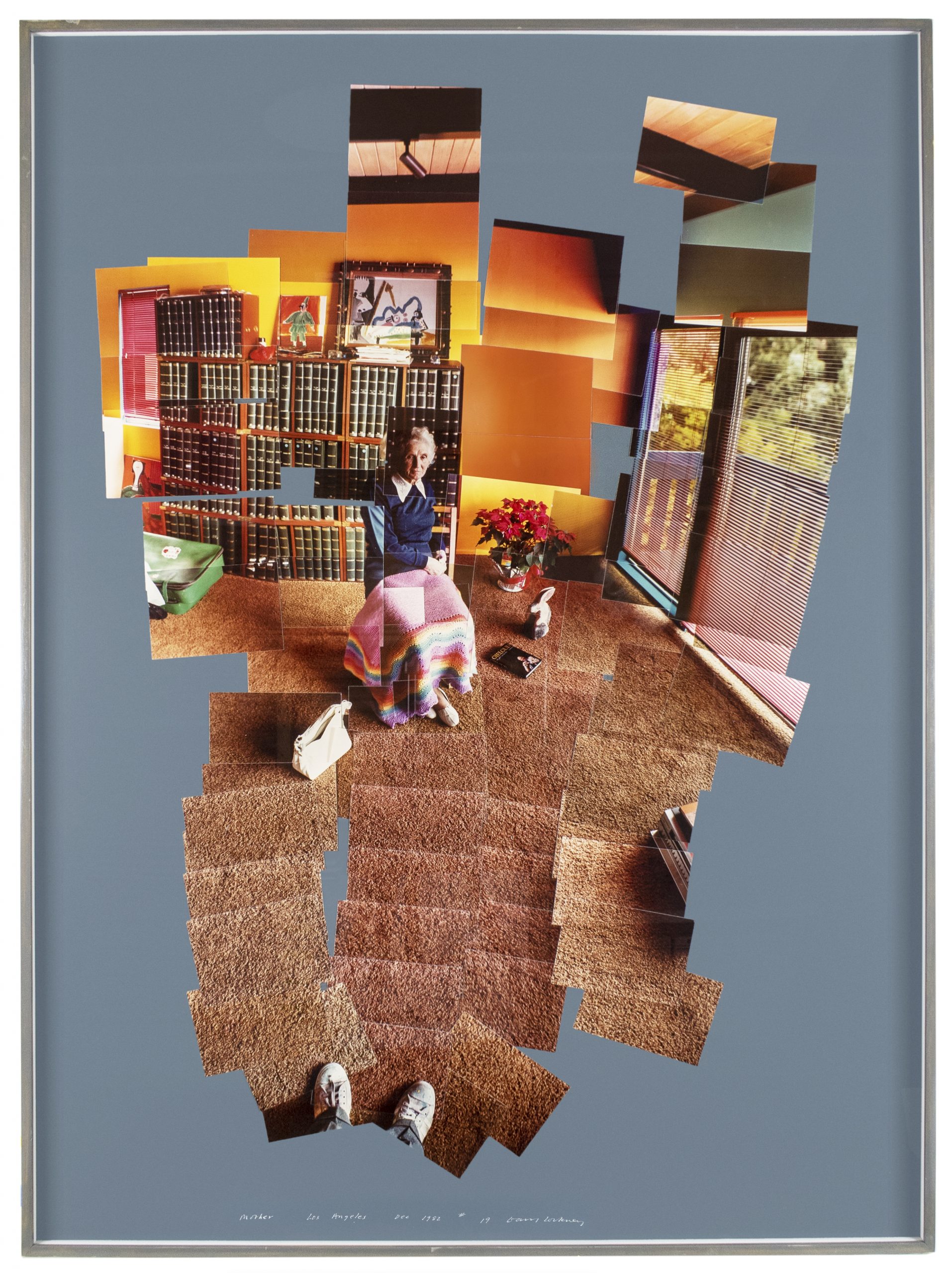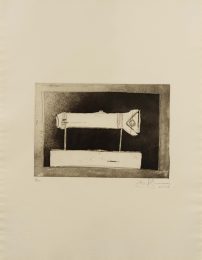David Hockney Photography
David Hockney photography has a particular unique style. In the 1980s, he began making photograph collages and he use to call them, joiners. He used Polaroid photos and soon 35mm prints in color. Hockney cleverly composed a patchwork of images. The first subject of such work was his mother and since the photos were taken overtime – when joined together they gave a cubist feel. With this technique, he has made landscapes and portraits, such as Pearl Blossom Highway and Kasmin, respectively. These photomontages were done using a grid and even without it, to give a imprecise look. While photographing, the subjects could move obviously if they were living things, otherwise Hockney moved the camera to photograph the scene or subject from various perspectives, parts and/or angles.
The idea of joiners came to Hockney accidentally. Once he was to paint a terrace and living room in Los Angeles, so he happened to make Polaroid images of the living area and later glued the photos together. It was not in his mind to give this activity a planned composition, it just happened to be that everything harmonised in an unusual way, suggesting a sense of movement in the subject and the outcome narrated that the spectator moved around in the room. This was a discovery on his part, and he began experimenting. He became so engrossed that for a while he kept his talent of painting aside.
David Hockney is highly judgmental about photography, making comments that label photography as being mechanical, unequal to painting and etc. Perhaps a single photo by Hockney wouldn’t have famed as much as his collages. His technique has given a new dimension to photography. In the method of joiners, Hockney is not restricted and he can play around with his subjects in the final composition. In one piece, there are a number of perspectives that make the work of Hockney alive. According to Hockney, painting can offer deep insights about the subject matter in comparison with photography. Despite all these views that Hockney has for photography, many of his works are made with it.



